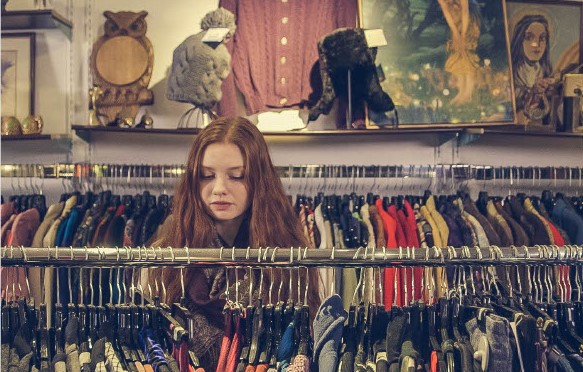The British Retail Consortium (BRC) has produced a “Voluntary Guideline on Second-Hand & Preloved Items,” outlining the steps retailers can take to adhere to circular-economy principles.
The new Guideline notes, for instance, that for clothing, footwear, homeware textiles and other items, retailers can promote resale markets and platforms; use hire and rental subscription services; and offer product swaps, upcycling and repair schemes, instead of throwing away items. The Guideline also emphasizes the importance of quality checks, which clearly informs the customer of the item’s condition.
The aim of the Guideline, says the BRC, “is not to promote the circulation of perfect items, but rather to circulate all items, safe in the knowledge that both buyer and seller have the exact same level of information and expectation of their condition.”
The Guideline also recommends retailers work with charity retailers, who are always looking for good, clean stock to sell or donate to further their causes.
“We are delighted to launch our first voluntary Guideline on second-hand and preloved items,” says Helen Dickinson, BRC CEO. “With more people looking for ways to shop sustainably, particularly as the cost-of-living rises, the sale of second-hand items in-store and online can encourage sustainable behaviors at affordable prices and take us one step further towards a circular economy. Retailers recognize the role they can play in helping their customers shop in more environmentally friendly ways, and we hope that this Guideline will help many on their sustainability journey.”
The full Voluntary Guideline can be viewed here.
The BRC’s long-term goal is to limit, and ultimately end, the sending of items to landfill unnecessarily and to keep them in circulation for longer so that they can be used by more people. The BRC is already working with retailers on their journey to Net Zero through its Climate Action Roadmap.




